Gear Review: 2015-16 Black Diamond Carbon Megawatt – More than just a powder ski
(Last Updated On: )
Black Diamond’s Megawatt ski has been a favorite for both inbounds and backcountry skiers alike for quite a while. Through the years, this ski has been redesigned, with slight changes being made along the way. A few years ago, the Megawatt was joined by it’s lighter brother, the Carbon Megawatt. This article will review the performance of the 2015-16 Carbon Megawatt.
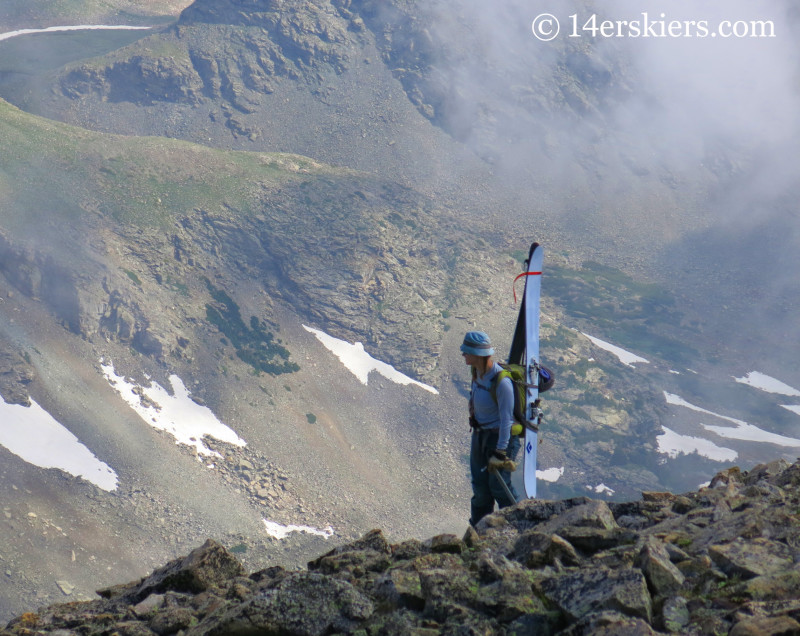
Redesign
The 2015-16 Carbon Megawatt is basically the same as the 2014-15 version. However, significant changes to were made from the 2013-14 version to the 2014-15 version, making the ski even lighter.
Construction
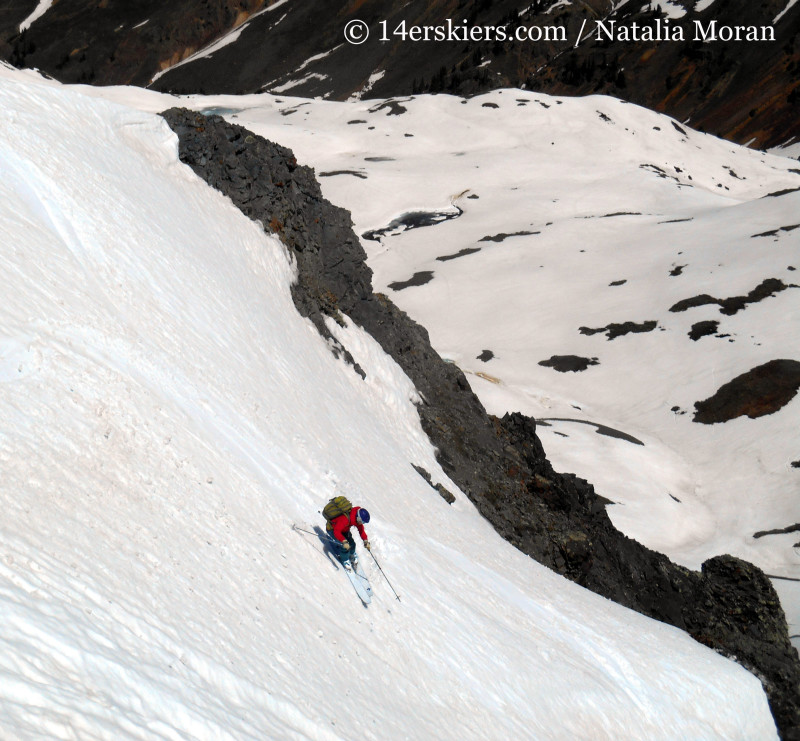
The Black Diamond Carbon Megawatt is built with an industry-favorite paulownia core. After testing several skis built with paulownia as their foundation, I can attest that this wood has the capability of performing well as a core in skis. This core is sandwiched in between a layer of carbon fiber and pre-preg fiberglass, and reinforced with ABS sidewalls (not capped) to make the ski more torsionally rigid. Throw in the topsheet, base, edges and a few other things, and that’s more or less how the Carbon Megawatt is made.
Carbon Megawatt is not JUST a Powder Ski
I had the opportunity to test this ski for a couple of runs at SIA in 2014, but after spending many more days on it in 2015, I am surely impressed. The Black Diamond Carbon Megawatt does everything it’s supposed to do and more.
As Black Diamond markets, the Carbon Megawatt is a great freestyle ski as it is snappy, playful, and quick to respond. The 120 mm width also makes the Carbon Megawatt float especially well, lending itself to be a fantastic powder ski.
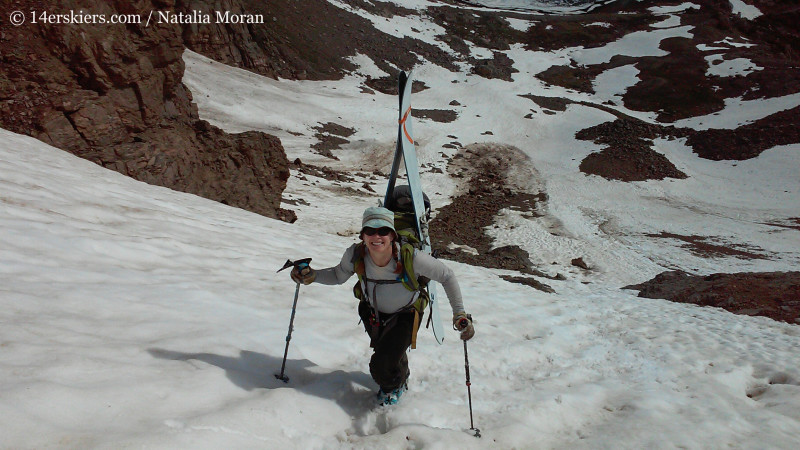
Admittedly, I still prefer the performance of my Black Diamond Amperage skis in many conditions. I have some sort of feng shui synergy with them that’s hard to replicate. But the Amperages are much heavier than the Carbon Megawatt. The more I toured on the Carbon Megawatt, the more I appreciated how light it was. And the performance difference between the Amperage and the Megawatt was minimal compared to the weight-savings.
Thinking Differently About Spring Skis
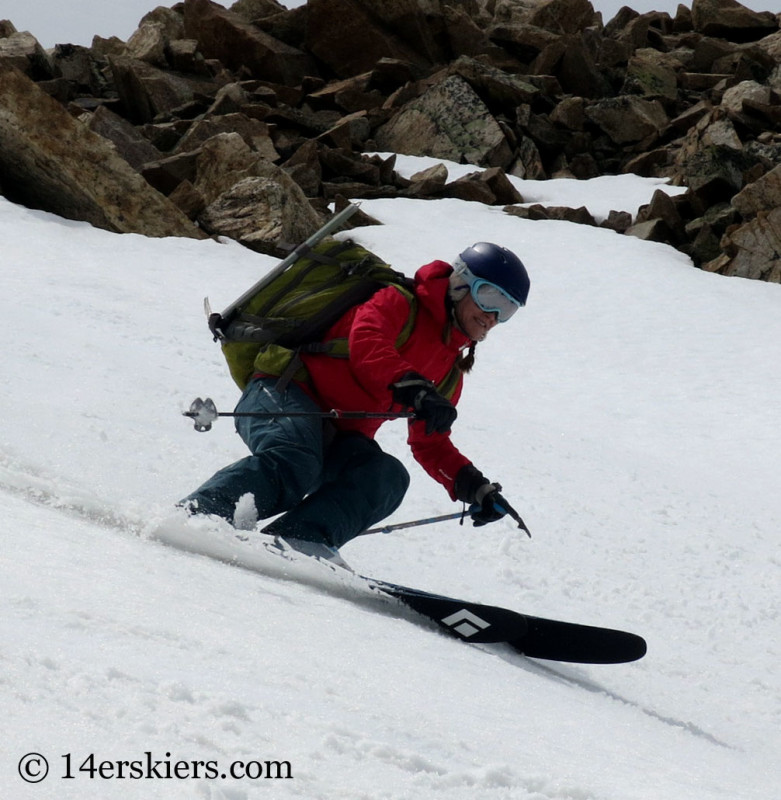
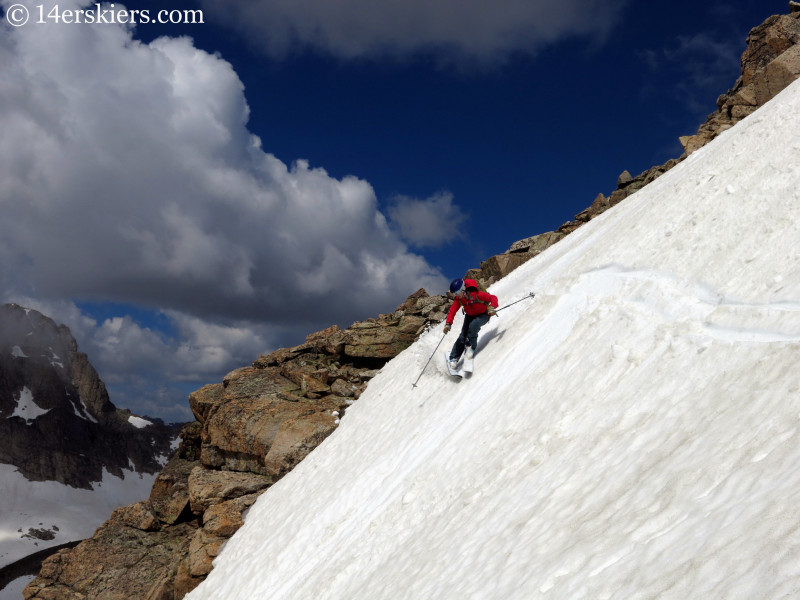
Long story short, the Carbon Megawatt is known for being a powder ski. But, it performs surprisingly well in most other conditions too. The paulownia core and ABS sidewall construction add significant stability, but the carbon components keep it lightweight. For a ski that has a great balance of weight and performance,the Carbon Megawatt is extremely versatile. I challenge you to think about the Carbon Megawatt as more than just a powder ski!
- Mount Buckskin (17 May 2020) - May 28, 2020
- Horseshoe Ski (14 May 2020) – The mountain whose journey nearly killed me - May 27, 2020
- Sayres X-Rated Ski (10 May 2020) - May 19, 2020

